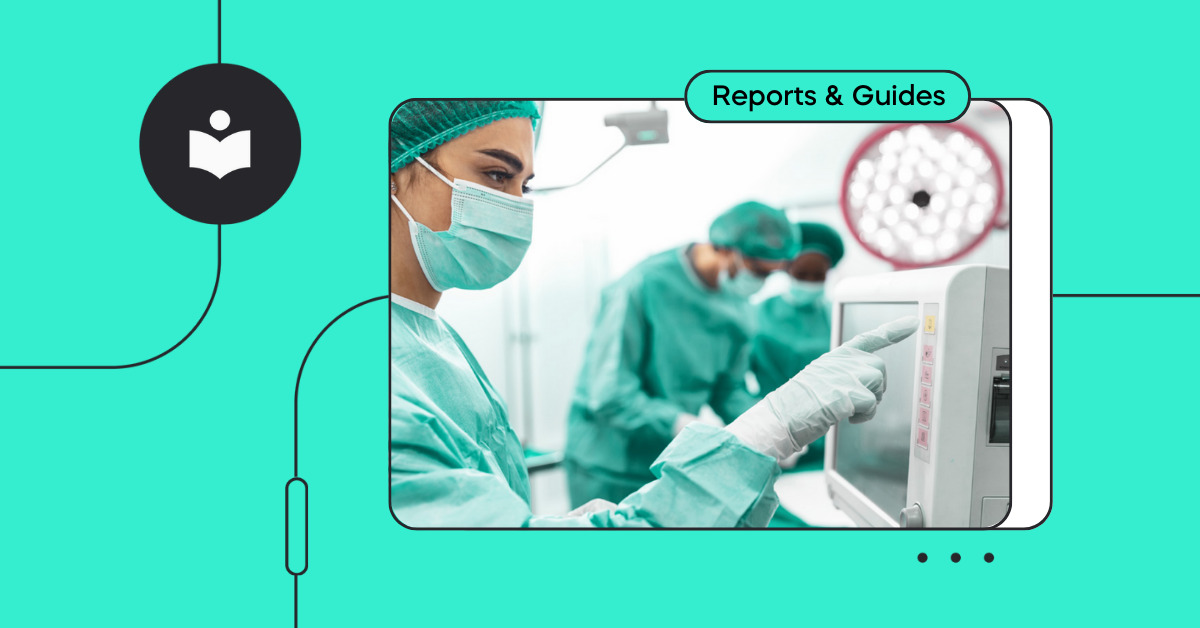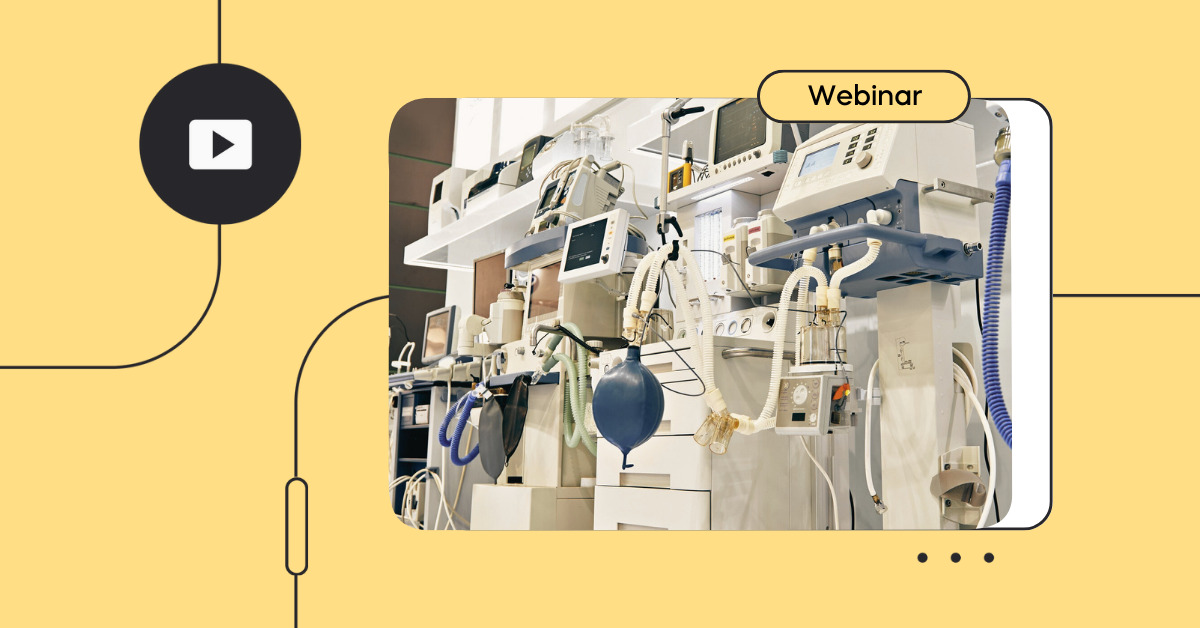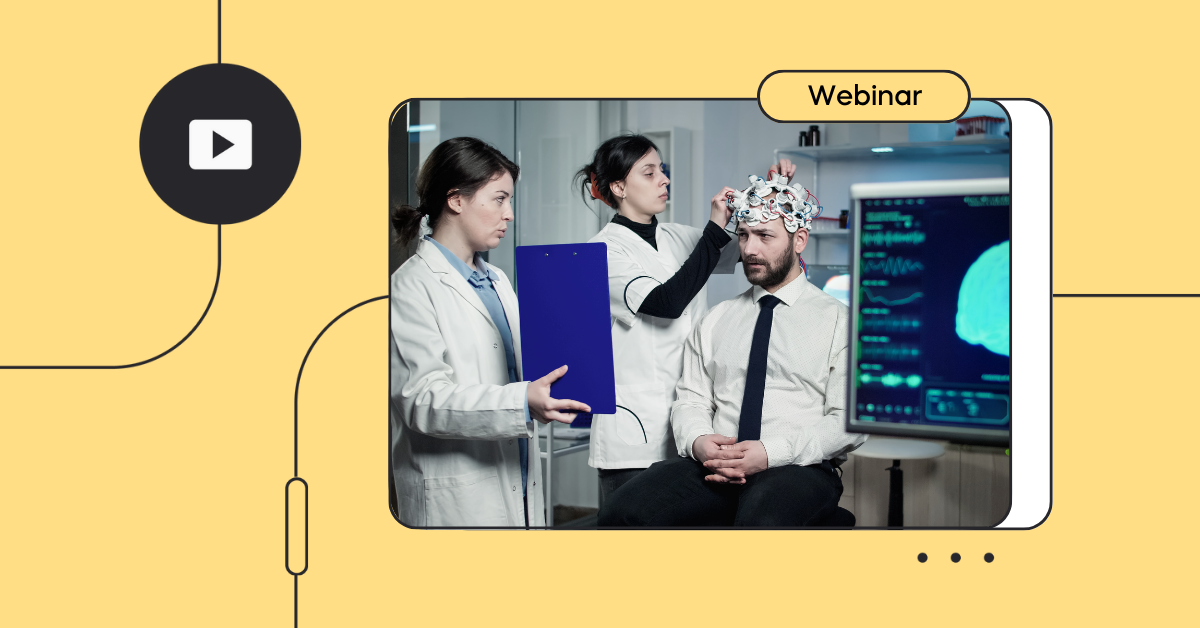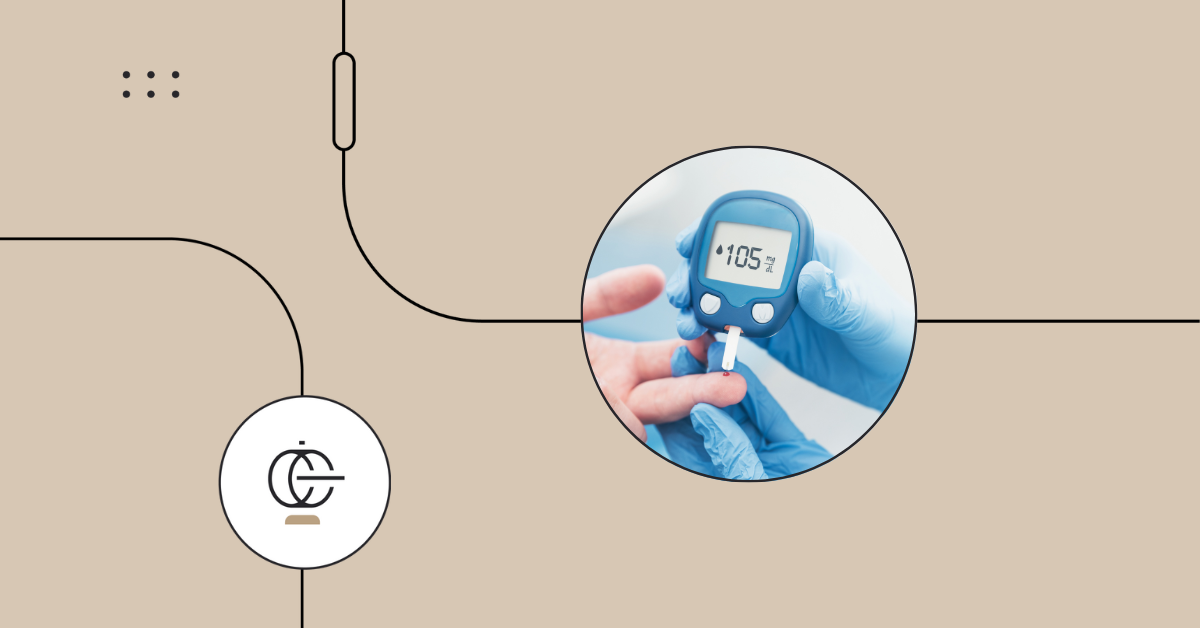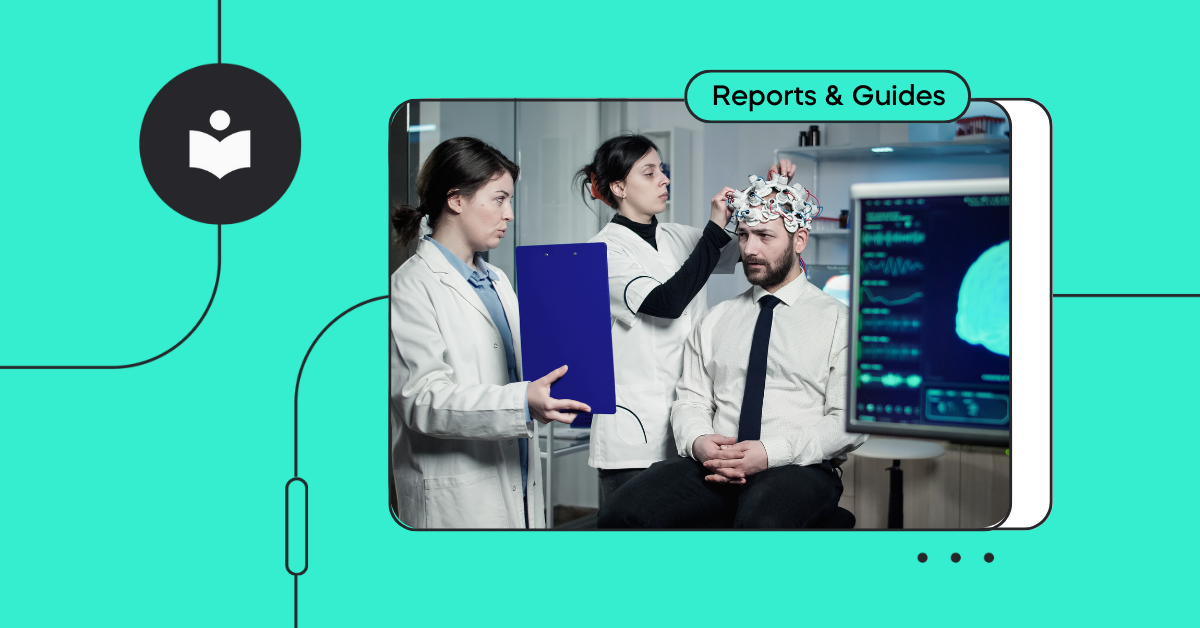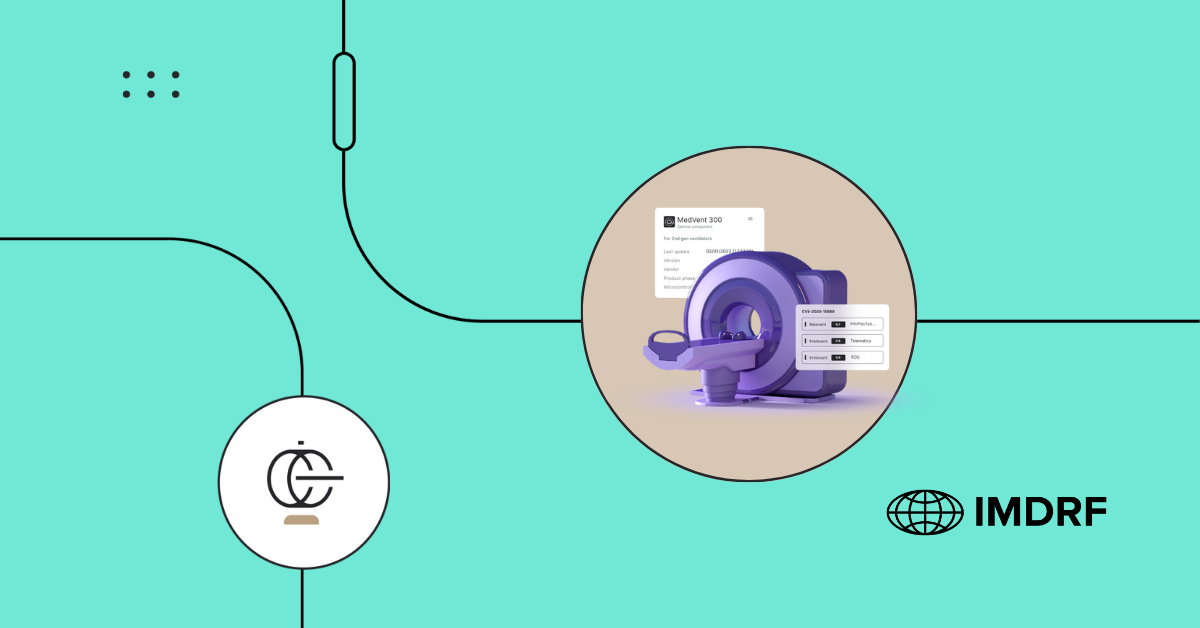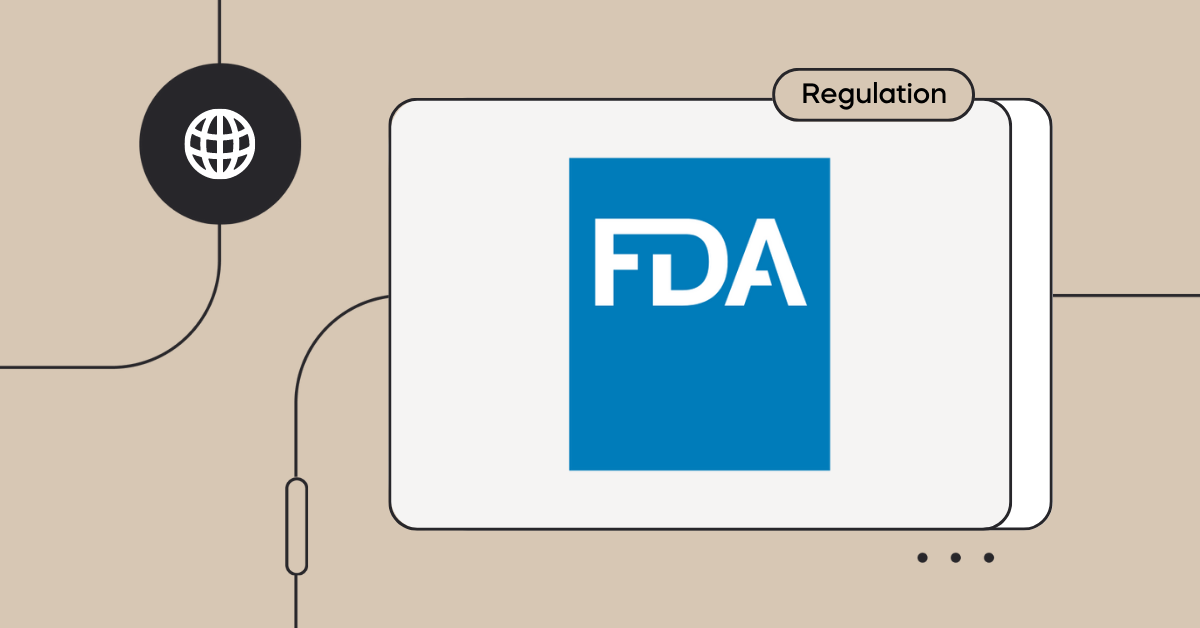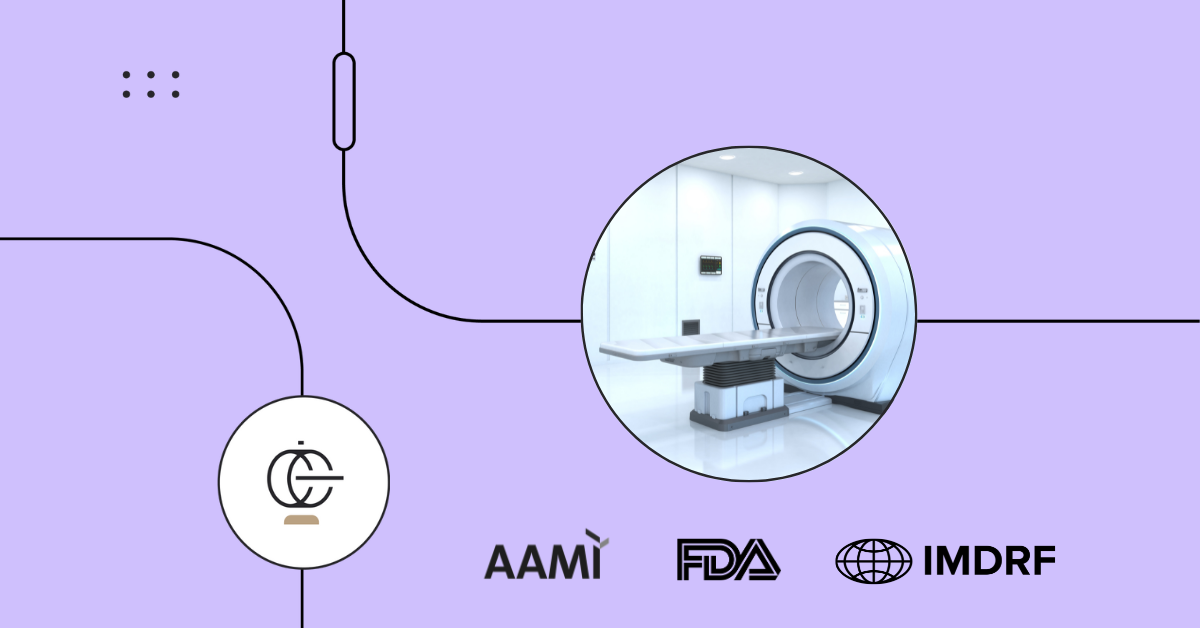
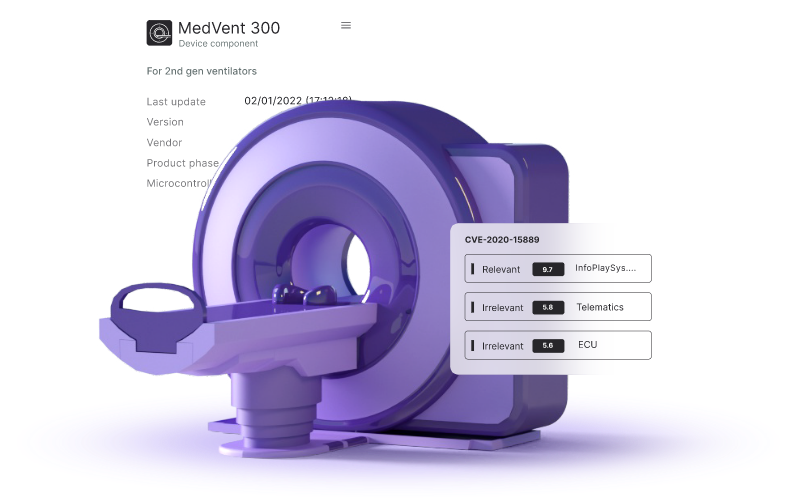
THE CENTER FOR
Medical Device Cybersecurity Regulations
Overview
By regulatory body

In short
The FDA is responsible for protecting public health by assuring the safety, security, and cyber resilience of the medical devices people rely on every day. Acting upon the a power granted by the US congress, the Food and Drug Administration continuously introduces new standards and guidelines to keep up with the breakneck speed of innovation.
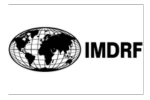
In short
The International Medical Device Regulation Forum was established in 2011, consisting of regulators from Australia, Brazil, Canada, China, EU, Japan, US, and the World Health Organization (WHO). While not legislative authorizations, their documents are held as a global cybersecurity standard that the medical device ecosystem must follow.
Learn how Cybellum can help you comply
X

